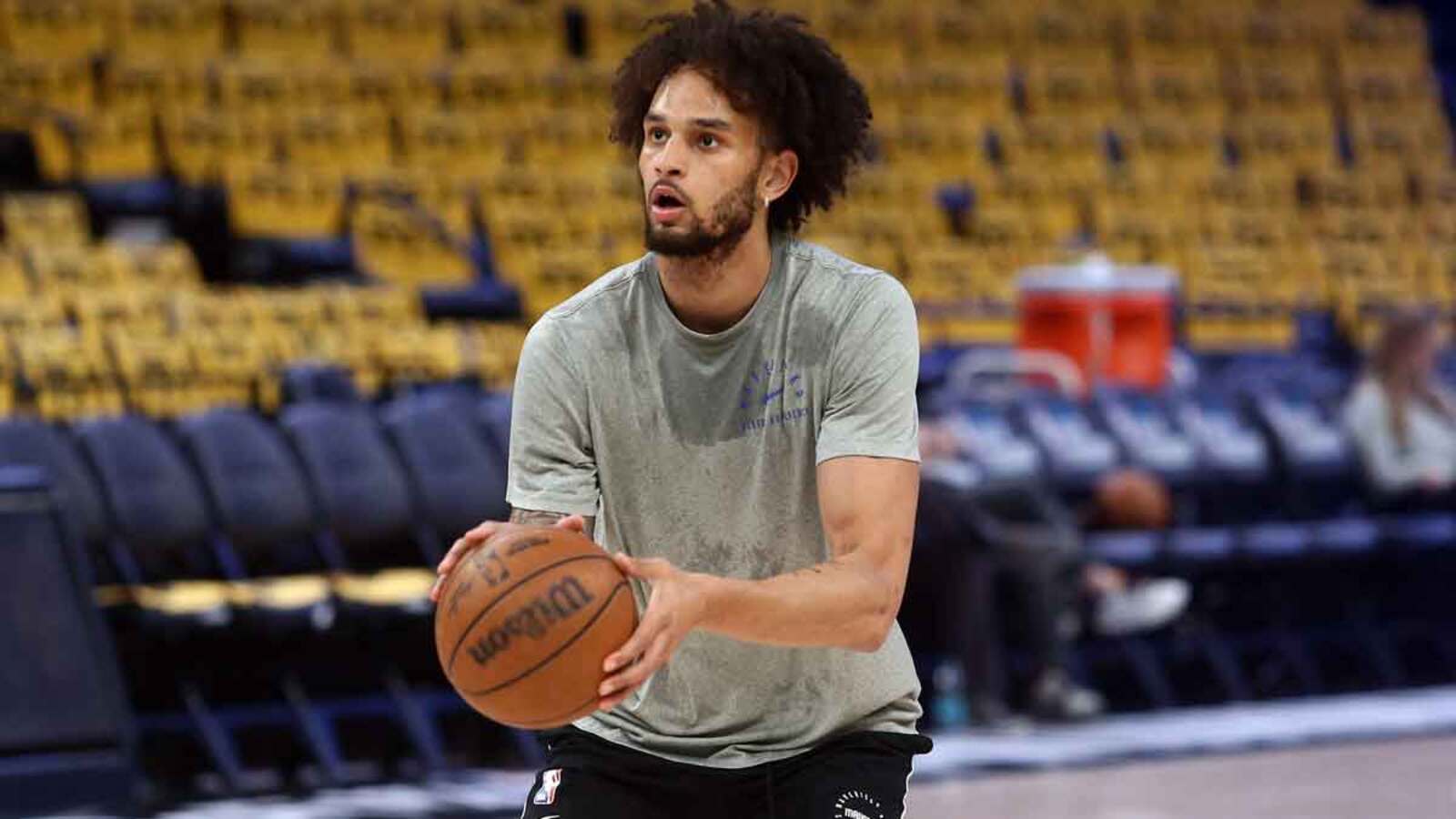
As the Dallas Mavericks prepare for their 2025-26 training camp, the organization faces a fascinating dilemma at the center position that could dramatically reshape their starting lineup. Despite being a promising young talent who showed flashes of brilliance in his rookie campaign, Dereck Lively II finds himself in genuine danger of losing his starting role due to a perfect storm of circumstances that include persistent injury concerns, roster upgrades, and the team’s evolving identity around size and defense.
The Injury Concerns That Could Derail Dereck Lively II’s Starting Spot

Lively’s availability has become a significant concern for the Mavericks organization, creating legitimate questions about his readiness to handle a starting role’s physical demands. The 21-year-old center was limited to just 36 games during the 2024-25 season due to a troublesome right foot injury that required surgical intervention. The young big man underwent surgery in July 2025 to clean up bone spurs in his right foot, the same injury that sidelined him for much of his sophomore campaign.
This injury history is particularly alarming given that Lively has appeared in only 91 games across his first two NBA seasons. The Mavericks’ medical staff reportedly experienced internal tension regarding how to handle his foot injury, leading to heated exchanges and personnel changes within the organization. While team officials express optimism that he’ll be ready for training camp, the pattern of availability issues raises red flags about his ability to maintain a starting role throughout an 82-game season.
The timing couldn’t be worse for Lively, as his recovery has cost him valuable offseason development time that could have been spent refining his skills and building chemistry with new teammates. In a league where availability is often the best ability, Lively’s injury concerns create an opening for more reliable options to claim his spot.
Roster Construction and Competition
The Mavericks’ transformation following the blockbuster Luka Dončić-for-Anthony Davis trade has fundamentally altered their frontcourt dynamics, creating unprecedented competition for starting positions. Dallas now boasts one of the deepest frontcourt rotations in the NBA, featuring Davis, Daniel Gafford, and Lively as their primary centers, with the versatile P.J. Washington and rookie Cooper Flagg adding further flexibility.
Gafford’s emergence as a legitimate starting-caliber center cannot be understated. The 26-year-old big man signed a team-friendly three-year, $54.2 million extension that notably lacks trade restrictions, indicating the organization’s commitment to him while maintaining flexibility. Gafford’s impact since joining Dallas has been transformative, providing elite rim protection and interior scoring that helped propel the team to playoff contention before injuries derailed their season.
More concerning for Lively is the Mavericks’ strategic commitment to playing Anthony Davis at power forward alongside a traditional center. This alignment perfectly suits Davis’s preferences and maximizes his impact on both ends of the floor. General Manager Nico Harrison has made it clear that the team views Davis as their cornerstone player, building the roster specifically to complement his skill set and keep him healthy by avoiding excessive center minutes.
The Jumbo Lineup Experiment and Lively’s Uncertain Role
The Mavericks’ fascination with jumbo lineups could prove to be Lively’s biggest obstacle to maintaining his starting position. Coach Jason Kidd has expressed enthusiasm for deploying massive defensive units featuring multiple big men, with the potential starting lineup including D’Angelo Russell, Klay Thompson, Cooper Flagg, Anthony Davis, and either Lively or Gafford at center.
This strategic direction plays into broader NBA trends favoring double-big lineups, which have shown increased effectiveness during the 2024-25 season. Teams utilizing multiple big men scored 1.9 more points per 100 possessions than single-big lineups, suggesting that Dallas’s size-heavy approach could provide significant competitive advantages. However, this trend also means that the Mavericks need their most reliable and versatile big men on the court, potentially favoring the more experienced Gafford over the injury-prone Lively.
The addition of Cooper Flagg as the No. 1 overall pick further complicates matters for Lively. Flagg’s versatility and immediate impact potential mean the Mavericks can experiment with various lineup configurations that may not require Lively’s specific skill set. If the team prioritizes floor spacing and defensive switching ability, Flagg’s presence could make Gafford a more attractive starting option alongside Davis.
The mathematics of roster construction also work against Lively. With Irving recovering from an ACL injury and expected to miss the first half of the season, the Mavericks need maximum reliability from their healthy players. Gafford’s superior availability and proven chemistry with Davis from their limited time together last season make him the safer choice for a team with championship aspirations.
Training camp will ultimately determine Lively’s fate, but the convergence of injury concerns, roster upgrades, and strategic evolution suggests that the young center faces an uphill battle to retain his starting position. While his long-term potential remains intact, the immediate future may see him relegated to a valuable bench role as the Mavericks prioritize experience and availability in their quest to maximize their championship window with Davis and an aging core.
More must-reads:
- Mavericks receive huge Anthony Davis boost
- How long will Dolphins owner stand by HC Mike McDaniel after winless start?
- The 'NFL 200-touchdown-pass Club' quiz
Breaking News
Trending News
Customize Your Newsletter
 +
+
Get the latest news and rumors, customized to your favorite sports and teams. Emailed daily. Always free!








